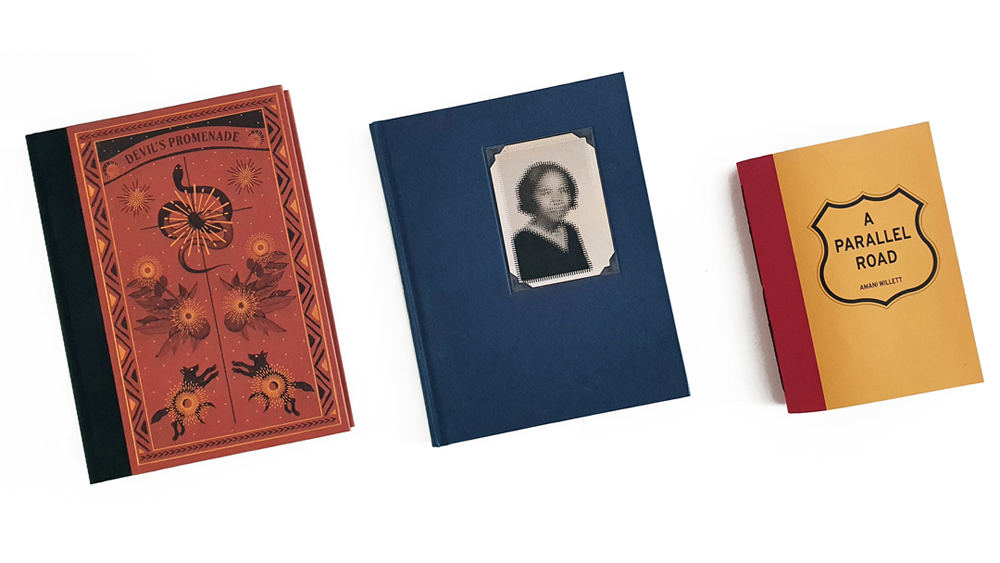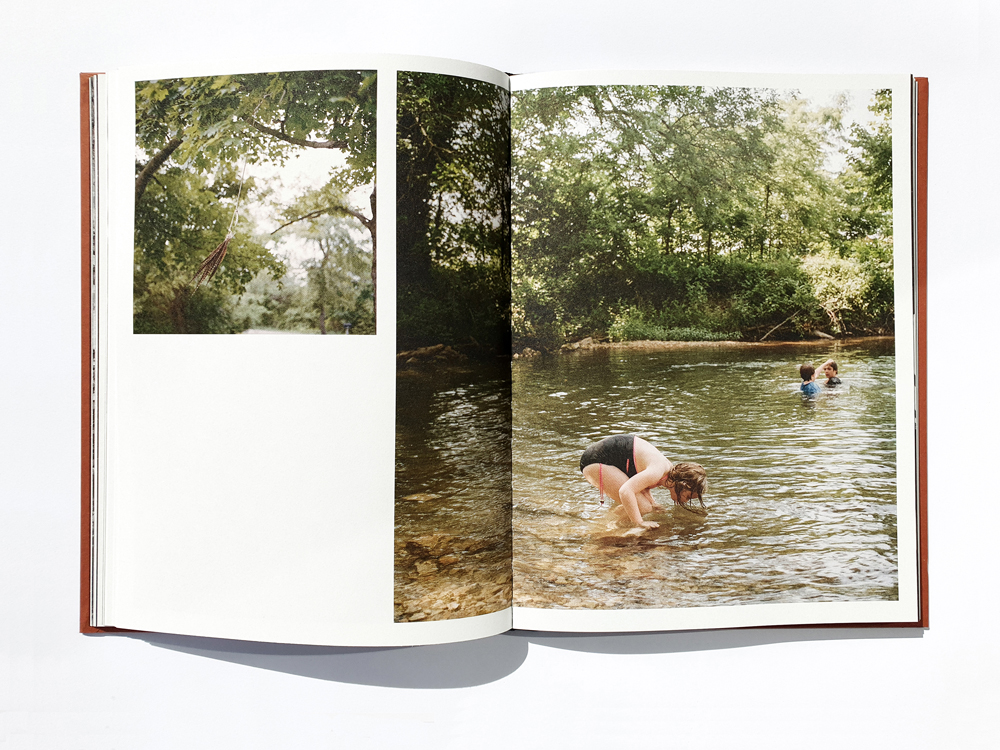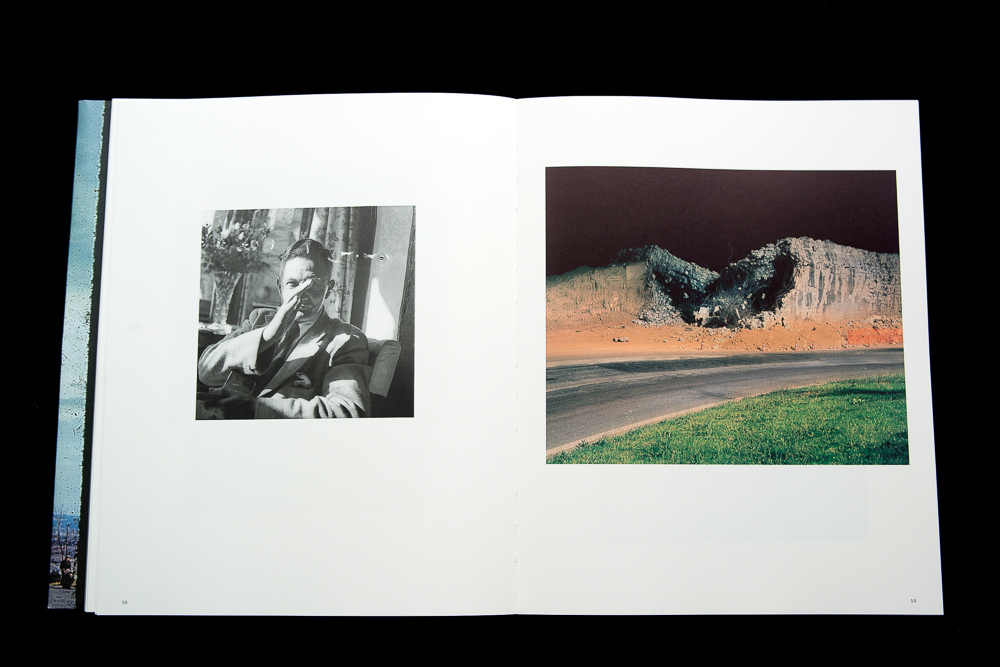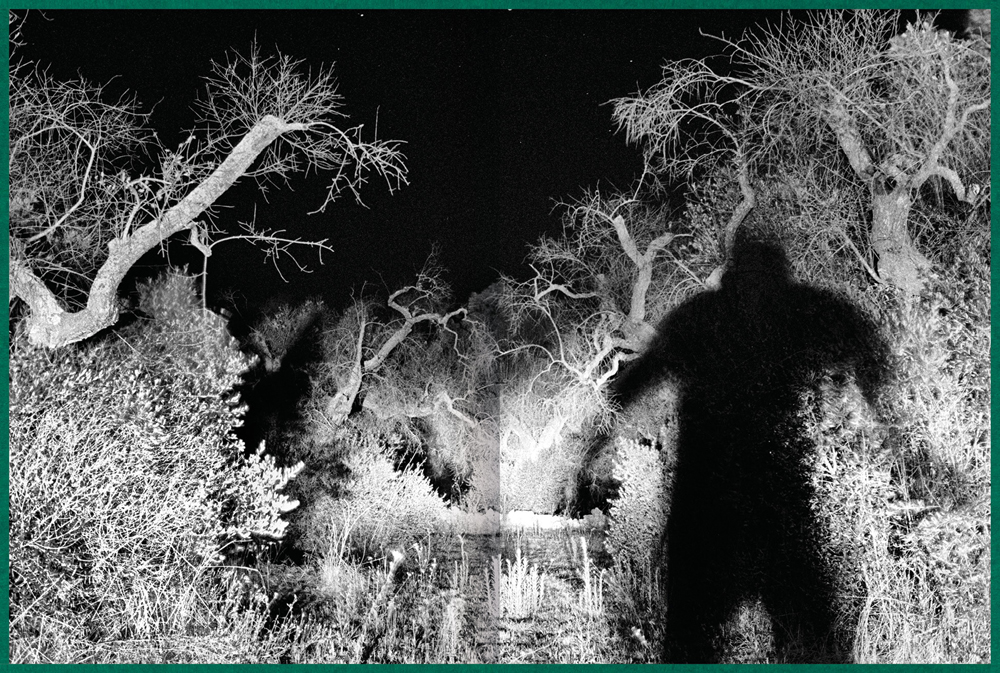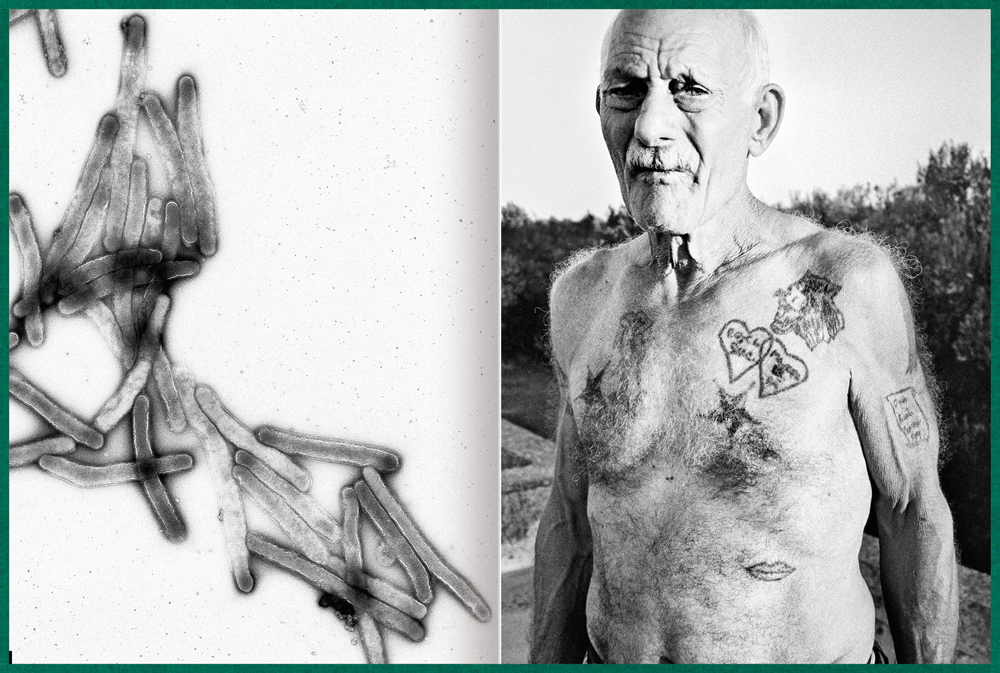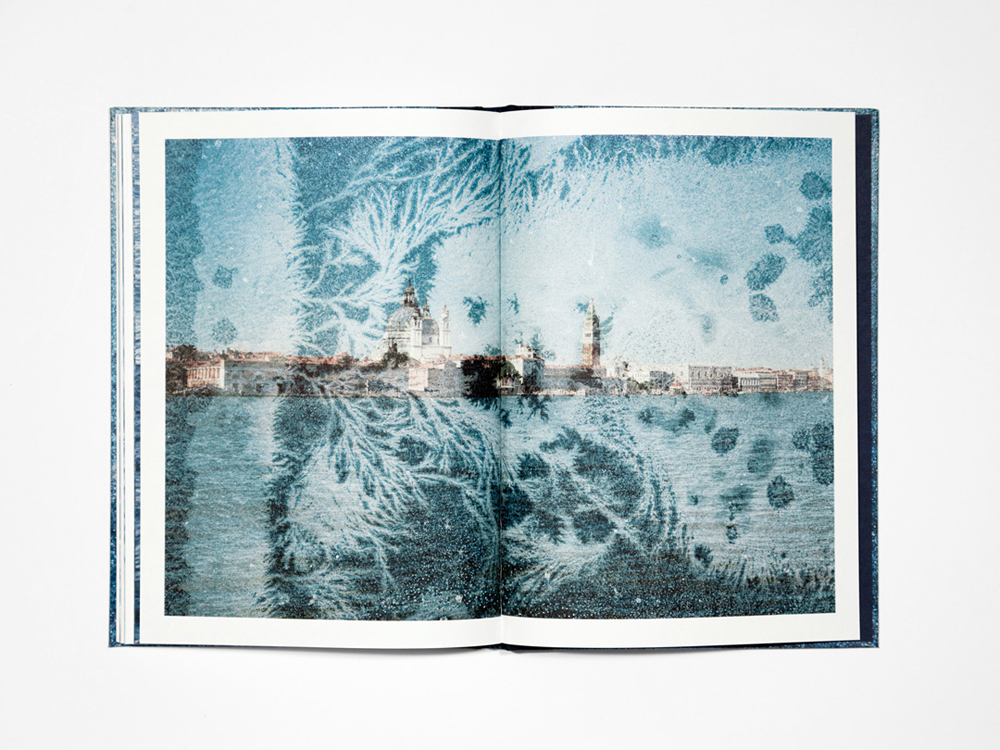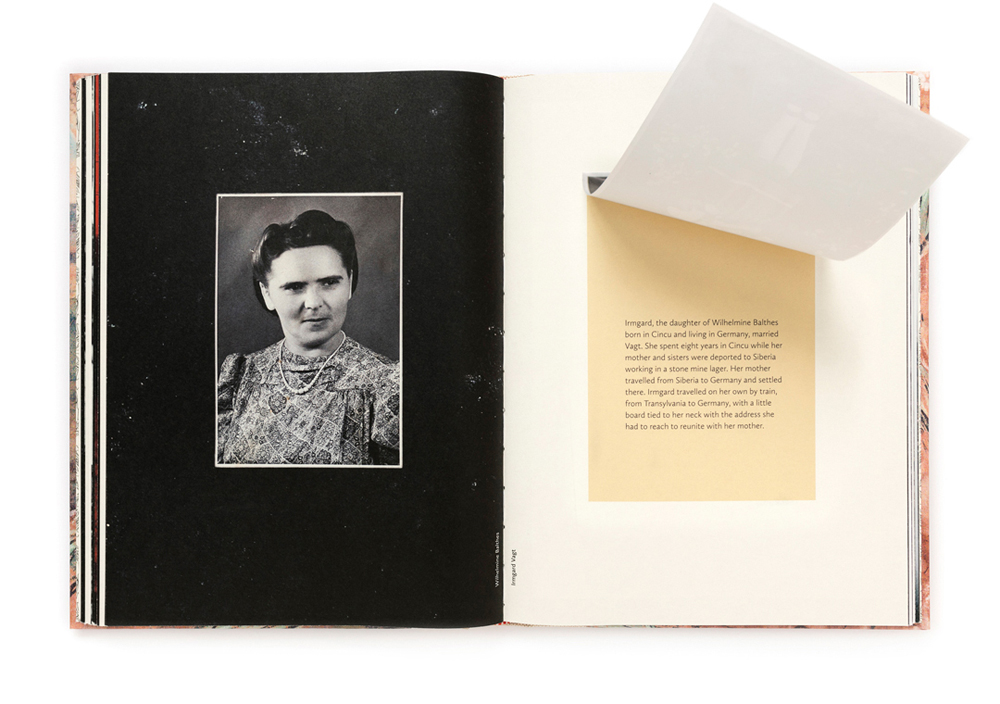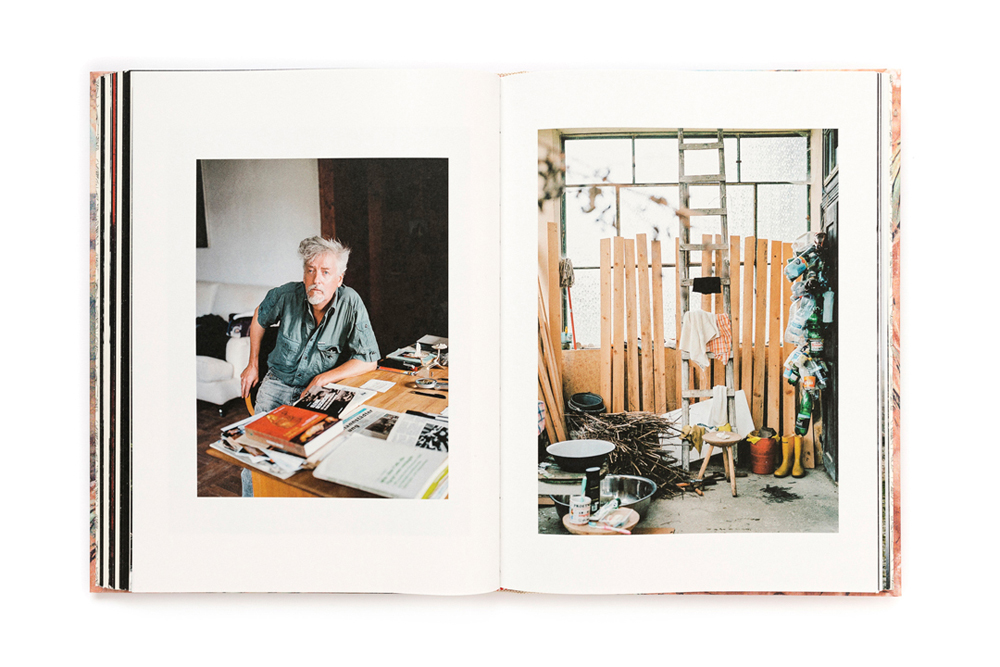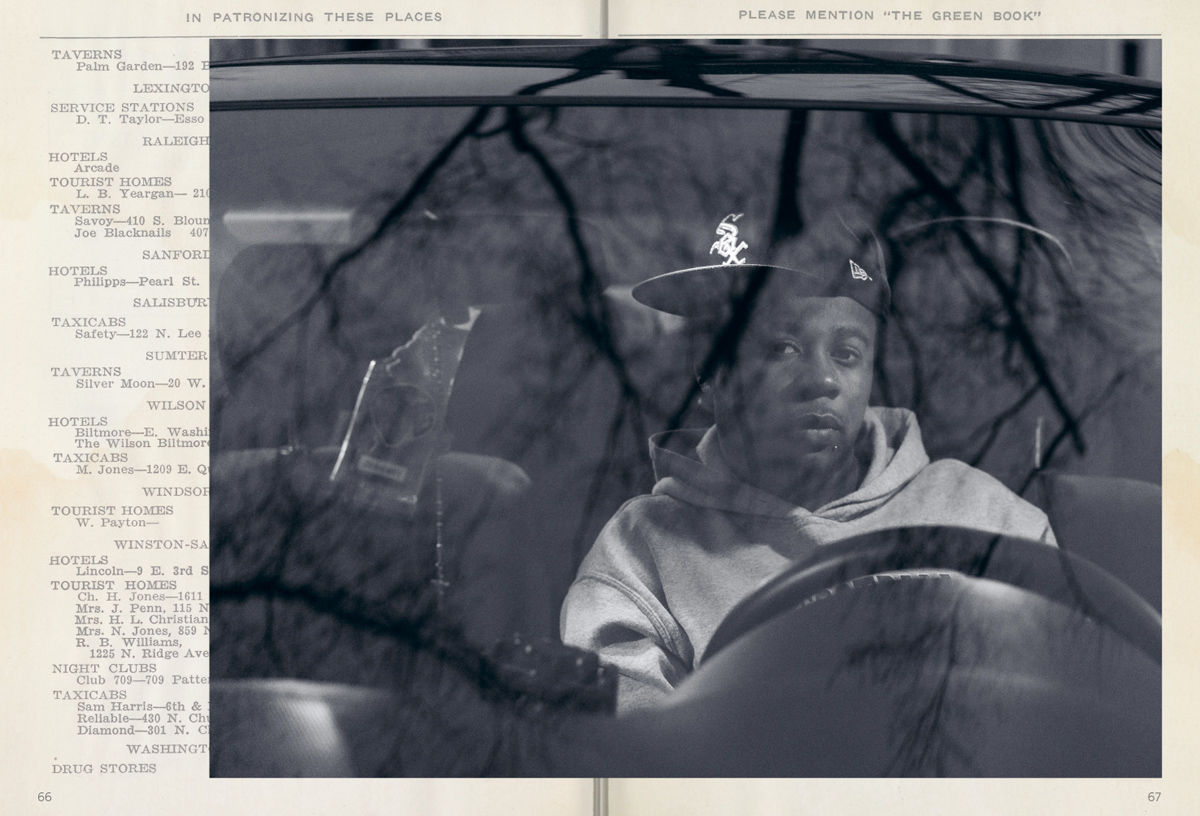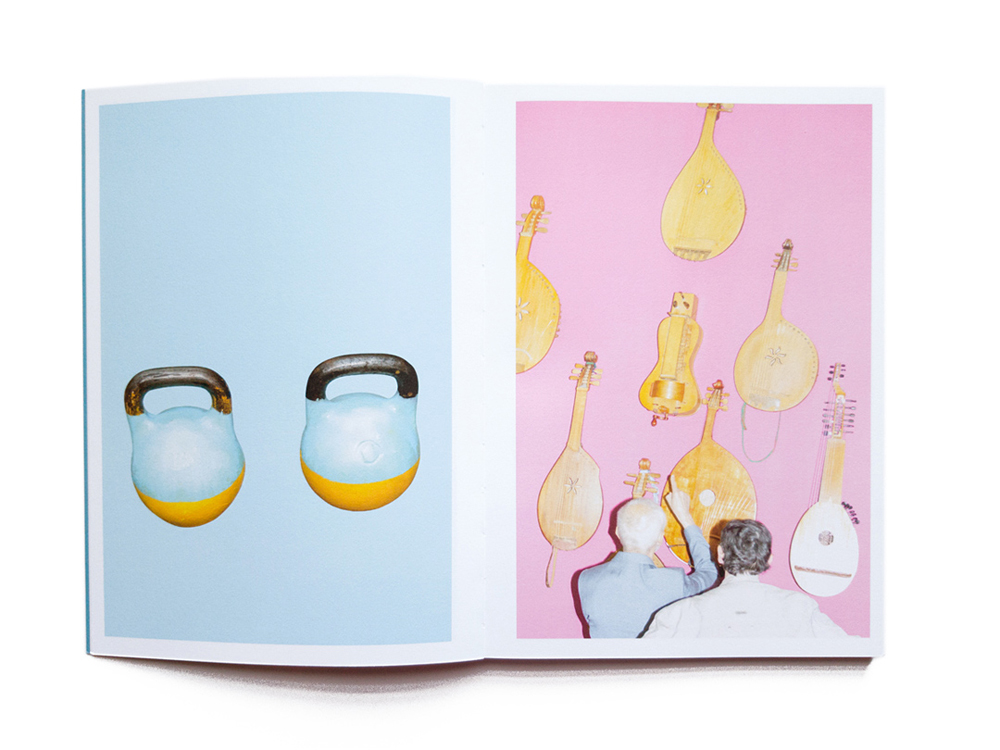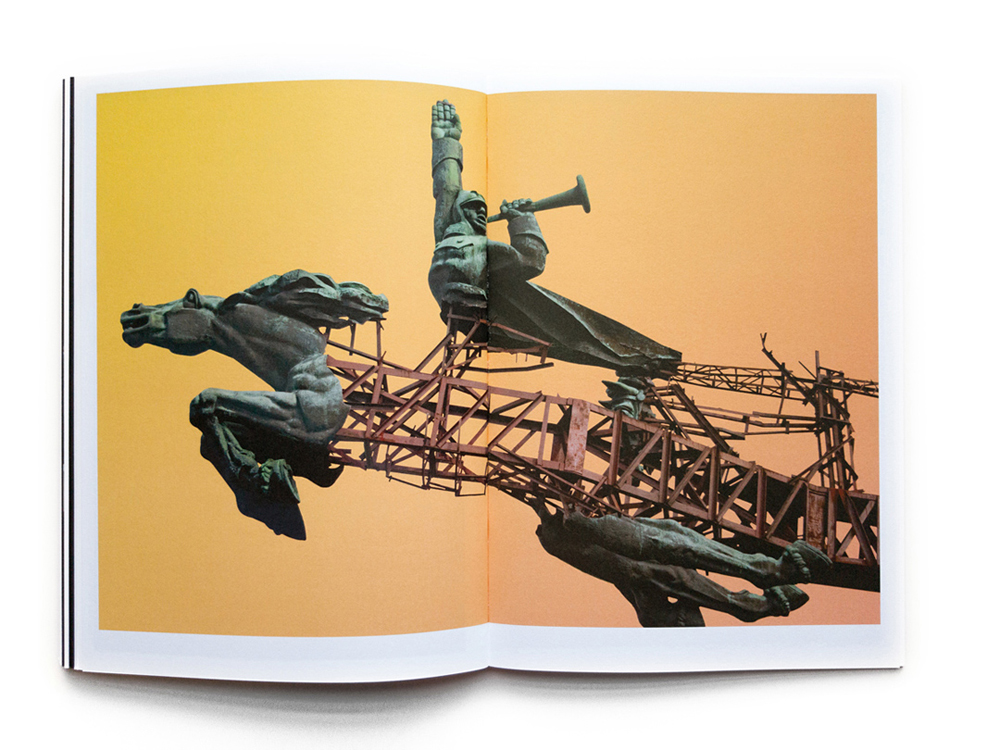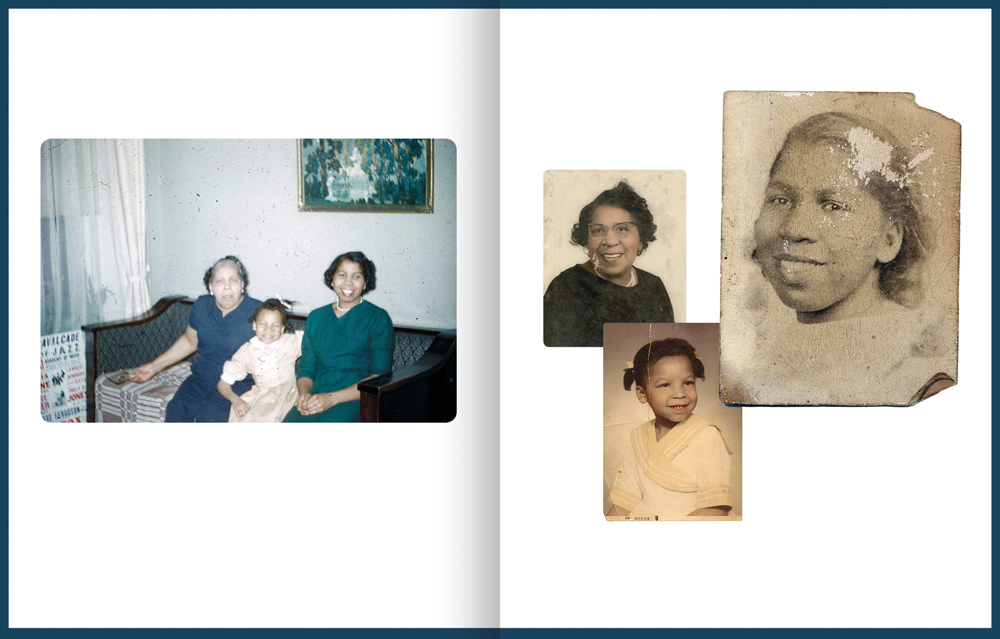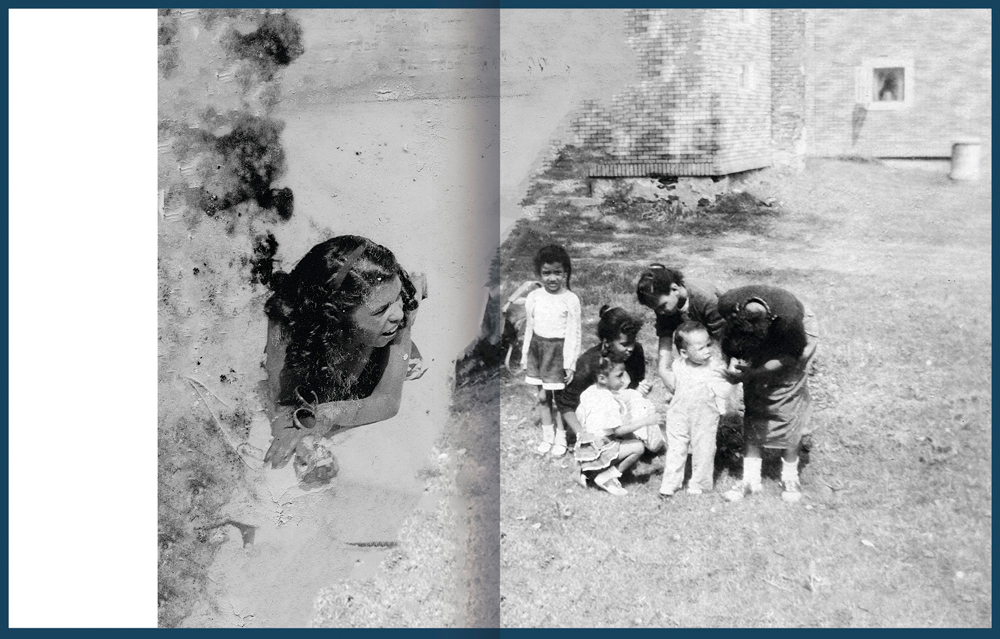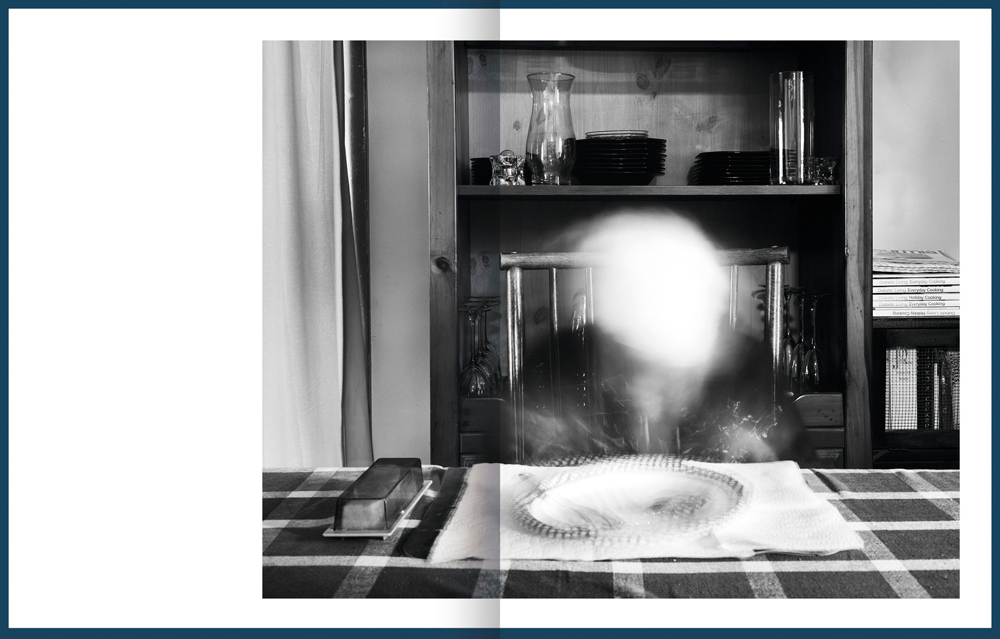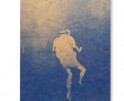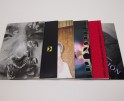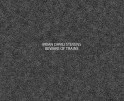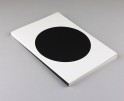Publisher’s Spotlight: Overlapse
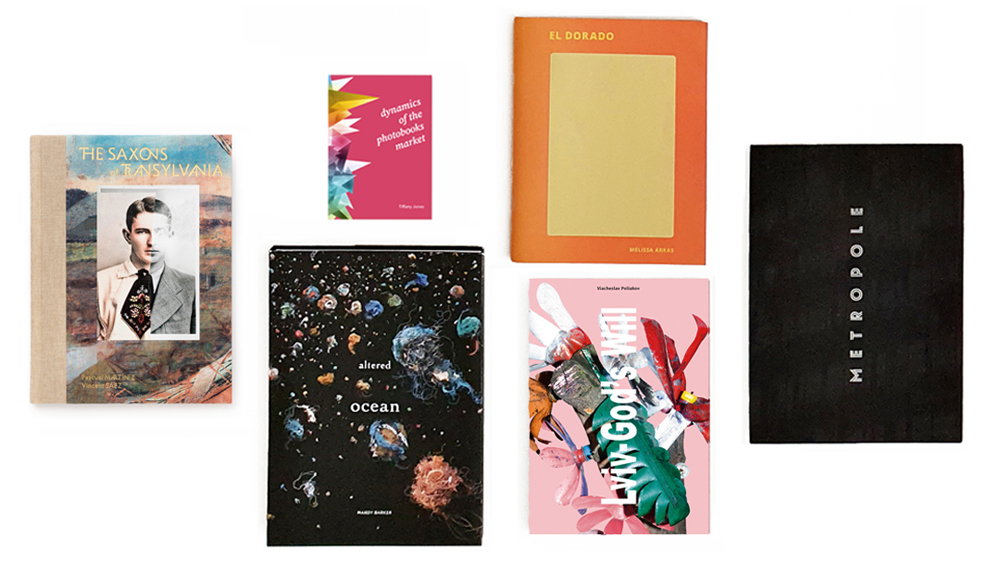
Overlapse books (clockwise from left): “Saxons of Transylvania”, “Dynamics of the Photobooks Market”, “El Dorado”, “Metropole”, “Lviv-God’s Will”, “Altered Ocean”
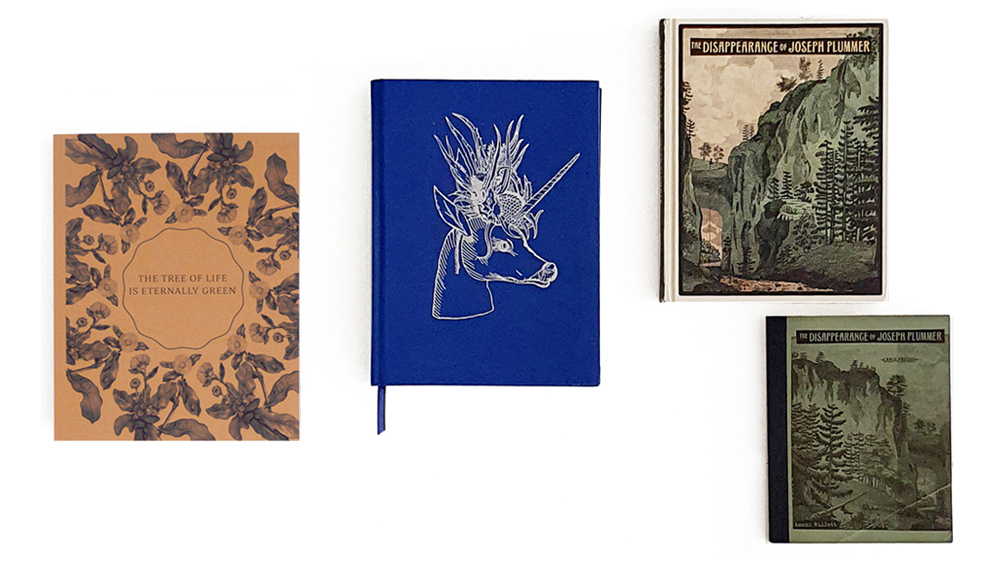
Overlapse books: “The Tree of Life is Eternally Green”, “The Earth is a Little Dust Under Our Feet”, “The Disappearance of Joseph Plummer”, “Cabin Edition”
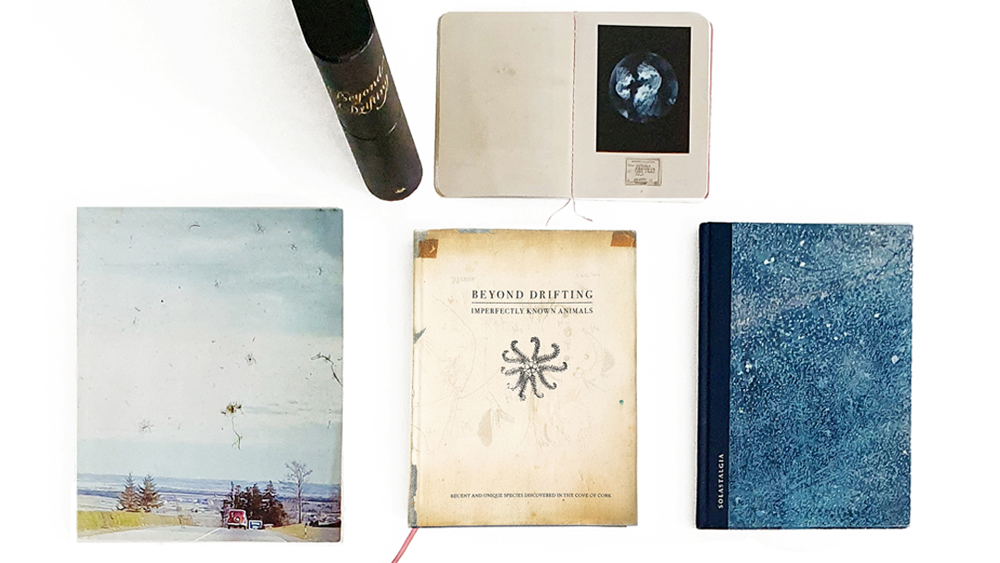
Overlapse books (clockwise from left): “The Longest Way Round”, “Beyond Drifting Artist Edition and Digest Edition”, “Solastalgia,” “Beyond Drifting: Imperfectly Known Animals”
This month is all about books on Lenscratch. In order to understand the contemporary photo book landscape, we are interviewing and celebrating significant photography book publishers, large and small, who are elevating photographs on the page through design and unique presentation. We are so grateful for the time and energies these publishers have extended to share their perspectives, missions, and most importantly, their books.
Overlapse is an independent visual arts and photobooks imprint based in London UK, founded in 2015 by publisher Tiffany Jones. Overlapse primarily publishes books focused on storytelling. Their subjects and stories address social, cultural, and environmental issues, with themes connected to human experience. Through close collaboration with photographers and artists they create unique, desirable, and beautifully produced books. Each book object has a distinctive balance between content and format that readers can connect with in meaningful ways. In a relatively short time, Overlapse books have gained an enthusiastic audience and received acclaim from critics and media.
Today photographer Michael Honegger interviews publisher Tiffany Jones.
Follow Overlapse on Instagram: @overlapse
 What was your original motivation in founding Overlapse? Given the apparent declining audience for the generic photobook, what made you decide to take this leap of faith?
What was your original motivation in founding Overlapse? Given the apparent declining audience for the generic photobook, what made you decide to take this leap of faith?
I suppose there were several motivating factors for me in founding the imprint and to get to making books. I love all aspects of storytelling, whatever media might be used, but through photography we are able to use our imaginations at every stage in the making process, and later in the act of viewing. Producing a book is part of the journey of experiencing and listening to photography. Pictures can be looked at literally, but they also have the capacity to reverberate and echo – or to generate thoughts and emotions beyond their visual surface. Every person will view a sequenced set of images differently, and that’s quite thrilling to me. Also, I simply enjoy books – how images interact with the surface texture of the paper, the touching, the smell of ink, the whole sensory encounter of it. I was rather naïve – I hope in in the best ways – to take the leap into publishing photobooks. If I was more calculated and had my practical wits about me I may likely never have done it!
What is your process in determining which photo artists to follow and which books to publish?
Following photographers and artists is definitely an organic process, and certainly these days Instagram is a core resource. I prefer to meet people in person, normally, to view their work, their dummy, and to see how they approach discussing it. Deciding which books to publish is about 80% by gut feeling – about whether it’s a story I want or need to have a part in telling; if the photography moves me, and if myself and the photographer(s) get along in a way so that the enormous effort it takes to make a great book will be worth it, since we are not getting rich in this endeavour but just surviving. There are so many terrific projects being made, but it’s a fact that the sales market for photobooks is relatively miniscule, so as a publisher I need to consider the most reasonable path! I’m sort of constantly weighing and considering the zeitgeist for what the best timing is for a particular subject to enter the world. Breaking even on production costs is certainly never assured, and you never want to be surrounded by unsold boxes that gather dust, so it’s quite a complicated scenario attempting to align stars by releasing a photobook at a time when it might be best received.
Your focus on emerging artists is somewhat unique in the publishing world…how do you define the term? What are you looking for when deciding to publish an artist who may be relatively unknown?
I expect emerging artists would probably be more advanced in their output than someone searching for, or just coming into an understanding, of what it is they want to accomplish. I would say I work with ‘professional’ photographers who have shown extraordinary commitment somehow in the field – whether that’s doing exhibitions, editorial assignments, production work, archiving or teaching – whatever their approach. Most often they are doing a form of research and making projects concerning topics where there’s a need for tangible exposure, and I get convinced. Emerging photographers have built up a level of confidence in their purpose, perhaps, so are more objective when scrutinizing their own work, and they can be relied upon for having a broad range of ideas. Then together we must convince book buyers that it’s worthwhile to invest in the outcome. The whole process of producing and releasing a photobook involves a deep dive into conversation and exploration, to ensure we’re after the same goal for the work to get seen.
Having purchased several Overlapse books, I am always curious (and delighted) about the unique design elements and layouts of the books. You opt for unusual book sizes, covers and internal “surprises” that are not always typical of a traditional photobook. What is your intention in making these choices and how involved are you in the design process?
Thank you for purchasing the books! Your pleasure of discovery is the reason we’re making them, for you to enjoy and gain something from. As mentioned previously it comes first from a focus on storytelling, and photographers have such different ways to tell stories. Their diverse voices and subject matter all warrant different visual and sensory approaches when making a book. The Overlapse ‘family’ have worked with a few amazing designers, but I do feel a strong need to oversee direction in a supportive way. The design choices need to serve the work and the same in reverse. I have designed a good majority of the books, which demonstrates a curatorial motive but has also been based on financial considerations. Designers clearly need to be paid well for their work and budgets are tight. I’m quite a slow and instinctive designer, with no proper graphic design education, so time becomes a significant factor in getting a book made. Realistically I could publish say eight books a year if working with other designers, but various constrictions have meant that I publish three to four books in a year on average. Sequencing is obviously an intensive process. Some photographers come forth with incredible ideas and brilliant concepts, and our brainstorming sessions can result in elements that you speak of like glued-in inserts or overlaying pages, etc. Absolutely none of these choices are ever made without some valid reason to support the need for them! So we aren’t just gifting something fancy for the sake of it – there’s a justifiable reason, often psychological, for every design decision.
What is the origin of the name, “Overlapse” and what does it signify?
Overlapse as a name is based on the joining and overlapping of ideas and purpose in the course of creating something. The ‘lapse’ with an ‘e’ references the passage of time. We all experience life both in snapshot moments and in extended periods of time. Given that people view photographs and series in such different ways also suggests that there are multiple participants in the outcome of a book – so we overlap simply in the process of coincidental engagement.
Who do you feel are your major competitors in the photo book publishing world?
It’s a great question and I do feel in some way that Overlapse has competitors – but we don’t do the same things (other than make photobooks), so thankfully the way I feel about other publishers is that we all have oars in the same boat, and that we’re paddling hard together! I do instinctively look to other female-run imprints to see what they’re curating or talking about, and also to peers that started publishing around the same time. I know I have published fewer books than most of them in the same period – so I’m the clear loser! Some of the publishers I’ve aligned with are VOID in Greece, BlowUpPress in Poland, Eriskay Connection in Netherlands, but there are many more. Without having connected with all these brave smaller publishers, there’s no conceivable way that I could have carried on for the past five years! And I must also say that without the energetic and committed booksellers that we partner with, there wouldn’t be a chance to survive. I admire what they do, immensely. Photobookstore and Setanta in the UK have supported me in many ways, and we have open dialogue about what our reciprocal needs may be. Photo-eye in the US has been an incredibly generous partner. IACK has a lovely shop in Kanazawa and took on distribution of our books in Japan. This ‘business’ of publishing is about partnerships, at every turn. If you take a look a the ‘About’ page on the Overlapse website, you can see more about others we’re involved with.
How do the economics work between Overlapse and an artist you choose to publish? Does the artist contribute to the financial side of publication and distribution? If yes, to what extent?
Every book project is different and it’s really helpful if there’s some kind of grant funding available. At this level, selling through a print run in its entirety may just break even on costs and leave enough for an economy weekend break. If artists are able to find funding for design and to contribute something towards production costs, this would be ideal. Multiple scenarios are possible. I fully manage Overlapse marketing and distribution, on occasion with help from the photographers if there’s a special need.
What new editions are on the horizon for Overlapse? Which titles have sold well in your catalogue and how do you define success in this genre?
After a very difficult couple of years, I’m relieved to say that somehow Overlapse is continuing to publish! Running an independent venture on your own through complicated times is… extremely difficult. Mental health has recently become a priority as it has for everyone, rather than agonizing to output books according to a pre-scheduled plan. Again, it goes back to organic processes. I realise I have probably disappointed some people for various reasons; I simply can’t respond to all emails and submissions I receive, and my inbox is consistently very deep with messages from people that I sincerely want to engage with but struggle to. I know I can also be difficult to work with at times, when each of us has a different priorities and timelines in mind. So these are concerns that can’t easily be worked around. Creating great photobooks is not ‘easy’ or a quick process by any measure – and manufacturing books is an industrial process that is vulnerable to global circumstances. There’s currently a global paper shortage, for example, and smooth transportation of supplies is a real concern!
All that confessed, coming up next is a second edition hardcover of A Parallel Road with Amani Willett, including a special edition. A book that I’ve wanted to make for a few years, Fastidiosa with Caimi and Piccinni is imminent. Another book with Chris Dorley-Brown is coming soon (we made the first Overlapse book together). Will Harris’s book, You can call me Nana, has been shortlisted for the Paris Photo-Aperture First Photobook Award which is so exciting, and the first edition is at the end of its run so a reprint is likely to come. There’s plenty more planned already for 2022, but announcements will be forthcoming soon. You can see that many Overlapse books are out of print, and although it’s sad to send off those last copies it’s also gratifying to know those books will have longevity in the world – in international museums and libraries until they physically fall to pieces, and on the shelves of people who feel a connection with them. To me that’s a successful outcome for publishing photobooks. We are communicating these stories potentially a few hundred years into the future.
Overlapse accepts unsolicited proposals, in PDF format only, emailed to submissions@overlapse.com. Other file types attached or inserted into emails will be deleted on receipt. Please note that while all submissions are carefully reviewed, it is a time-intensive process and they are not able to respond to all who submit work.
Posts on Lenscratch may not be reproduced without the permission of the Lenscratch staff and the photographer.
Recommended
-
Publisher’s Spotlight: Smog PressJanuary 3rd, 2024
-
Publisher’s Spotlight: Kult BooksNovember 10th, 2023
-
Publisher’s Spotlight: ‘cademy BooksJune 25th, 2023
-
Publisher’s Spotlight: Brown Owl PressDecember 10th, 2022
-
Publisher’s Spotlight: DOOKSSeptember 26th, 2022

